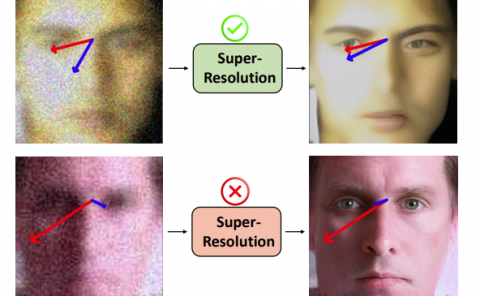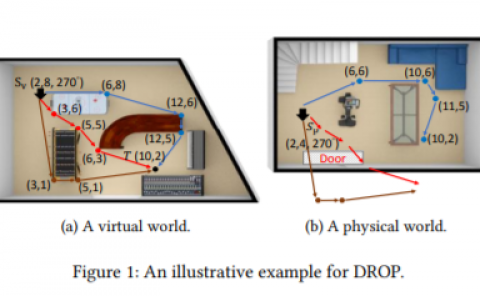360 virtual reality travel media for elderly
PubDate: Jul 2018
Teams: Rajamangala University of Technology
Writers: Donlaporn Srifar
PDF: 360 virtual reality travel media for elderly

Abstract
The objectives of this qualitative research were to study the model of 360-degree virtual reality travel media, to compare appropriateness of moving 360-degree virtual reality travel media for elderly with both still and moving cameras, and to study satisfaction of elderly in 360-degree virtual reality travel media. The informants are 10 elders with age above and equal to 60 years old who live in Bangkok regardless of genders. Data were collected through documents, detailed interview, and non-participant observation of elders to 360-degree virtual reality travel media with data triangulation. 1. From the literature review 1. The creation must primarily consider the target consumers on their physics 2. must have fluidity on changing the view of the camera by calibrating with the target consumers 3. The image displayed must not move too fast to prevent dizziness and improve the comfort of the target consumers. It is also highly recommended to implement a function to customize the movement rate for the customer. 2. From the in-depth interview with the target consumers, the results found that 1. They are worried and not used to the equipment 2. They have no idea where to look 3. They feel excited 5. They are interested in what is more to see 6. They feel like they did actually travel there 7. They can hear the sound clearly 8. They do not like when the camera is moving and find still camera more comfortable. 3. From the non-participant observation and found that they are always excited, laughed, and smiled when watching the media. They always asked where this is and why they cannot see anything when turning around.


